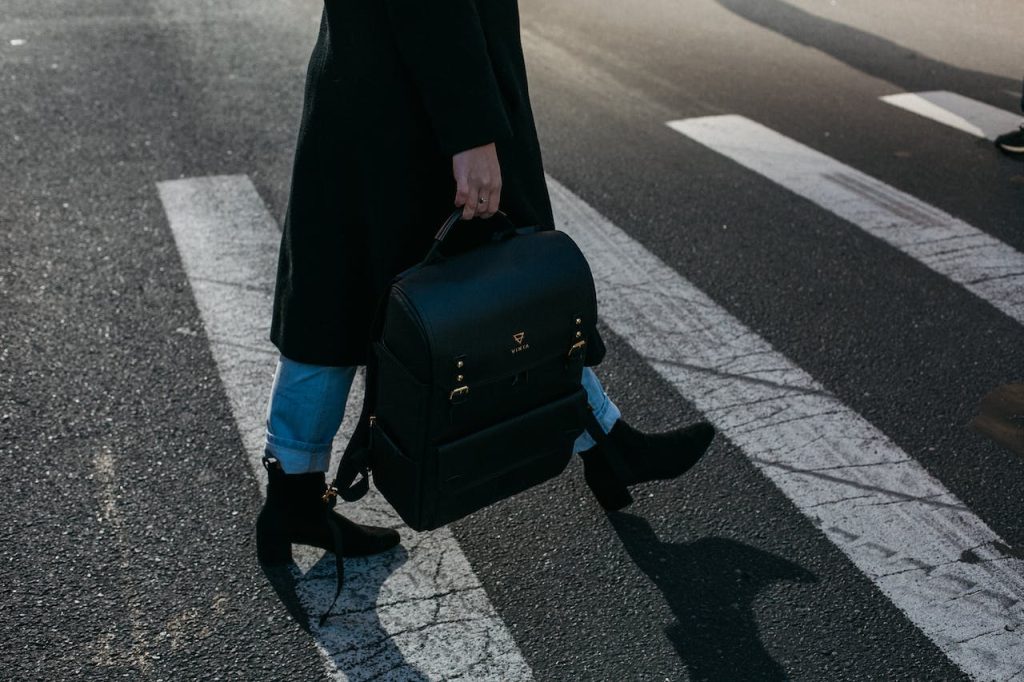Let’s face it, crossing the street shouldn’t be a high-stakes game of chance. But sometimes, things go sideways, and a simple walk turns into a legal labyrinth. We’re diving into the tricky world of pedestrian accidents, where proving liability is like solving a puzzle with missing pieces. But worry not, we’ve got the blueprint to navigate this maze!
What Makes Pedestrian Accidents Unique?
- Unpredictable Events: Unlike car collisions, pedestrian accidents often involve unique circumstances. Maybe it was a distracted driver, an unseen jaywalker, or just plain bad timing. It’s like each case is a snowflake – similar but never the same.
- Serious Consequences: Let’s be real – when metal meets flesh, it’s never a fair fight. The stakes are high, and the impact (pun intended) can be life-altering.
Why Hiring an Attorney is Like Having a Compass in a Legal Forest
Navigating a pedestrian accident case without an attorney is like wandering through a dense forest without a compass. You might have a vague sense of direction, but the chances of getting lost are high. Let’s talk about why having a legal expert like pedestrian accident lawyer Steven Dominguez by your side is crucial in these twisty scenarios.
Expert Guidance Through Legal Mazes – First off, attorneys are like seasoned tour guides in the bewildering world of law. They know the trails and traps of legal procedures. They can anticipate turns and twists, ensuring you don’t fall into hidden pitfalls. It’s their job to make complex legal jargon sound like plain English, helping you understand exactly what’s at stake and how to navigate it.
Advocacy and Voice – Picture this: a courtroom or a negotiation table. It can be intimidating, right? An attorney steps in as your voice, your champion. They articulate your case with the right blend of legal savvy and persuasive eloquence. They’re not just speaking for you; they’re fighting for your rights, making sure your side of the story is heard loud and clear.
Leveling the Playing Field – Let’s be honest, going against insurance companies or seasoned legal teams on your own can feel like bringing a knife to a gunfight. An attorney levels this playing field. They bring their legal arsenal, experience, and resources to the table. This means you’re not just another claim number; you’re a well-represented individual with a strong case.
Maximizing Your Compensation – It’s not just about winning; it’s about winning right. Attorneys have an eye for detail and can accurately assess the value of your claim. They factor in not just the immediate costs, but also long-term implications like medical expenses, lost wages, and emotional trauma. It’s their goal to ensure you receive fair compensation, not just a quick and undervalued settlement.
Peace of Mind – Last but definitely not least, having an attorney offers peace of mind. Knowing that a skilled professional is handling the legalities allows you to focus on what’s most important – your recovery and well-being. It’s about having someone in your corner, providing support and assurance every step of the way.
The Blame Game: Understanding Liability
Here’s where it gets twisty. Determining who’s at fault in a pedestrian accident is more complex than a “he said, she said” scenario. It’s a blend of laws, situational evidence, and sometimes, just gut feelings.
- Factors at Play:
- Traffic Laws: These are the rule books of the road. Did someone ignore a stop sign or play fast and loose with traffic lights?
- Distractions: Both drivers and pedestrians can be guilty. Texting, daydreaming, or even being lost in a podcast can turn a normal day upside down.
- Environmental Conditions: Sometimes, it’s not a person but the elements at play. Slippery roads, poor lighting, or a camouflaged pothole can be the real culprits.
Gathering Evidence: Like a Detective with a Briefcase
To prove liability, you need evidence. And not just any evidence, but the kind that stands up in court and tells a compelling story.
- Key Evidence Types:
- Witness Statements: Like eavesdropping but for justice. Witnesses can provide crucial insights into what went down.
- Surveillance Footage: The all-seeing eyes. Cameras from nearby buildings or traffic cams can be silent but powerful witnesses.
- Physical Evidence: Skid marks, damaged property, personal belongings – all these can speak volumes about the accident.
- Official Reports: Police and accident reports are like the cliff notes of the incident, providing an authoritative perspective.
Legal Hurdles: Jumping Through Hoops
Proving liability isn’t a walk in the park. There are legal hoops to jump through, each with its own set of challenges.
- Comparative Fault: Sometimes, both parties share the blame. It’s like a pie of responsibility, and figuring out who gets the bigger slice is key.
- Statute of Limitations: This is the ticking clock. There’s a limited window to bring a claim, so timing is everything.
Conclusion: Navigating the Legal Crosswalk
Proving liability in pedestrian accidents is a complex dance of laws, evidence, and strategy. But with the right approach, it’s possible to find clarity in the chaos. Remember, it’s not just about proving a point, but about seeking justice and ensuring safer streets for everyone. So, lace up your legal boots, and let’s step into a world where every step counts!

